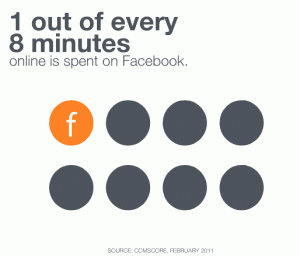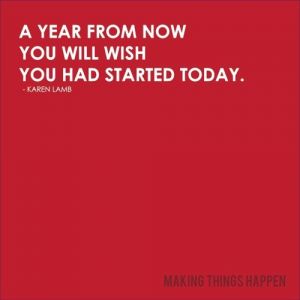September 15, 2011

How much should you spend on marketing?
I know I need to do some marketing but how much should I spend? How much do other companies my size spend?
This is probably one of the most asked questions of marketing agencies and consultants. If you google the phrase, there are 17+ million results. And yet, we keep asking. So let me see if I can drill down to the heart of it.
One of the reasons why it’s on everyone’s mind is because there is no magic answer. No one solution.
Before we get into the methods of determining a right answer, let’s be very clear about these two points:
1) The exact amount matters less than having an amount. In other words, having and tracking a marketing budget, even if your initial number is off, is much more important than getting the number exactly right.
2) You can have the right budget and spend it on the wrong things. A marketing plan should always be tied to a strategic marketing budget.
Now, let’s tackle the question. Here are some of the more effective ways to set a marketing budget:
Percentage of gross sales/revenue:
This is probably the simplest method. Most experts recommend somewhere in the range of 2-8% of gross sales. McKinsey & Company is often quoted at 5%.
Most small businesses (less than $5 million gross revenue) should shoot for at least 7-8%.
Industry-specific:
Many industries have their own standard. For example:
- Consumer package goods: Up to 50% of projected net sales to launch a new product
- Industrial B-to-B: 1% of gross sales
- Retail: 4-10% of net revenues
- Banks/Credit Unions: 2-5% of assets
- Law firms: 1-4% of gross revenues
- Pharmaceuticals: Up to 20% of net sales
- Hospitals: 1% of net revenues
Lifetime value of customer:
The idea is simple. You identify how much profit (on average) you make during the lifetime of that customer relationship and determine how much you are willing to invest per customer acquisition. If you choose this method be very careful that your numbers are accurate.
Goals/Plan driven:
The thinking behind this method is really a blend of some of the others. Identify measurable goals (# of new clients, % of revenue increase, etc) and then determine your sales equation.
For example: For every 100 prospects approached, you get 25 initial meetings. From those 25 meetings, you can expect to get 12 invitations to present a proposal. From 12 proposals, you will score 4 new clients. If your goal is 20 new clients, you now know that you need to approach 500 qualified prospects. You build your marketing plan to accomplish that and assign the costs accordingly.
Again, this method requires very accurate numbers to make the equations viable.
So what do you think? Which method do you currently use? If you don’t have a marketing budget, which method do you think would serve you best?
More




















